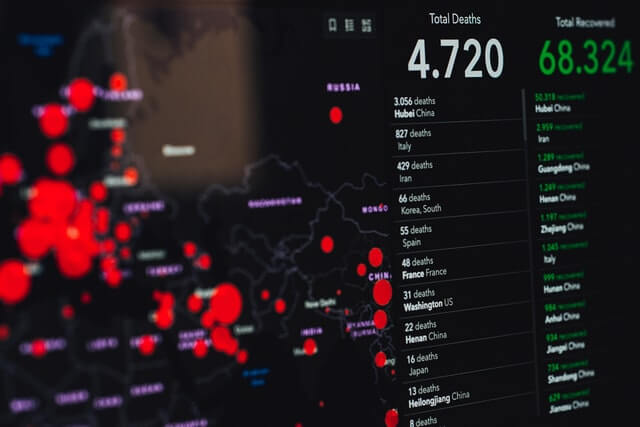Daylight savings time ends early Sunday.
Daylight savings, as it is referred to in the Netherlands, was first introduced in 1916. The system was abolished again in 1946, after which it was reintroduced in 1977. Over the past years there have been multiple calls from within the European Commission to abolish daylight savings again.
The EU countries are still considering which time they want to stick to – summer time or winter time. The plan was that the European Union Member States would announce their decision early this year, but that has been postponed at the earliest so that more research can be done into the effects of summer time and winter time.
Reset your clocks this Sunday at 3 a.m. as October 31 marks the end of daylight savings time in the Netherlands, and the whole European Union. The practice of setting clocks back an hour is the cause of confusion and annoyance for many people which led to a 2018 European plan to stop the practice of shifting the hour hand twice per year. The plan, which would have allowed member states to choose between permanently remaining on summer or winter time, lost steam amid Brexit and the coronavirus pandemic.
On the shortest day of this year, December 21, the Netherlands will enjoy just 7 hours, 40 minutes, and 40 seconds of daylight, with sunrise at 8:48 a.m., and sundown at 4:28 p.m.
Public health institute RIVM recently published a literature study showing that it is best for people’s health to set a time in line with the natural day and night rhythm of the earth. That is winter time in the Netherlands. A survey conducted last year also showed that the majority of Dutch prefer winter time.

The next clock change will be on Sunday, March 27, when the clocks forward an hour at 1 a.m.
The next clock changes in the Netherlands

Date Local time Change
Oct 31, 2021 3:00 am -1 hour to standard time
Mar 27, 2022 2:00 am +1 hour to daylight saving time
Oct 30, 2022 3:00 am -1 hour to standard time
Mar 26, 2023 2:00 am +1 hour to daylight saving time
Oct 29, 2023 3:00 am -1 hour to standard time
Mar 31, 2024 2:00 am +1 hour to daylight saving time
Oct 27, 2024 3:00 am -1 hour to standard time
Mar 30, 2025 2:00 am +1 hour to daylight saving time
Oct 26, 2025 3:00 am -1 hour to standard time














